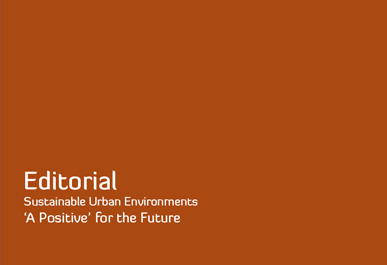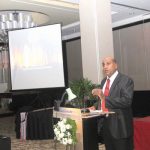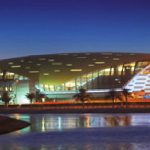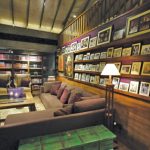

Gone are the days when lifestyles were balanced
and stress was not a normal feature of it. Today the home is but an extended work place where working parents rush to myriad household chores and children who have to prepare for examinations from young ages rush home to complete assignments for the next day. Considerable research supports the notion that urban open spaces provide major health benefits to city inhabitants. Relief from the strains of everyday demands and the possibility of physical outdoor activity have inherent health benefits and are a few of the positive effects to a community through a natural environment.
Planning of an efficient city would call for the incorporation of these much needed green spaces, as the lack of this will inevitably result in an ecological imbalance. Urban designers and architects alike serve as a catalyst in revitalising the surrounding neighbourhoods by integrating the natural with the man made. These parks will rejuvenate surrounding zones and streets for walking, gathering and shopping and provide economic benefits to a city. The role of an urban oasis in a community extends into both tangible and intangible values. A city is considerably benefited as the existence of natural landscapes give the surrounding land plots the highest land values. The plaza like urban oases serve as landmarks and create the perfect setting for communal activity such as cultural events, temporary markets and musical events, which will encourage tourist activity, once again adding to the country’s economic development. Vast open areas can serve as habitats for a number of wildlife and migrant birds ensuring their continuity while becoming a must-see attraction.
The need for recreational spaces where families can relax and unwind and enjoy the sheer pleasures of being a family are important not only for physical but also mental well being. Architects play a major role in designing with the landscape. Incorporation of the natural topography is key, as transforming it to suit the needs of the design would result in changing the existing environment. Many of the projects highlighted in this issue express design techniques where the natural landscape is the primary design generator and the design itself responds to the given environment.
Peshali Perera











